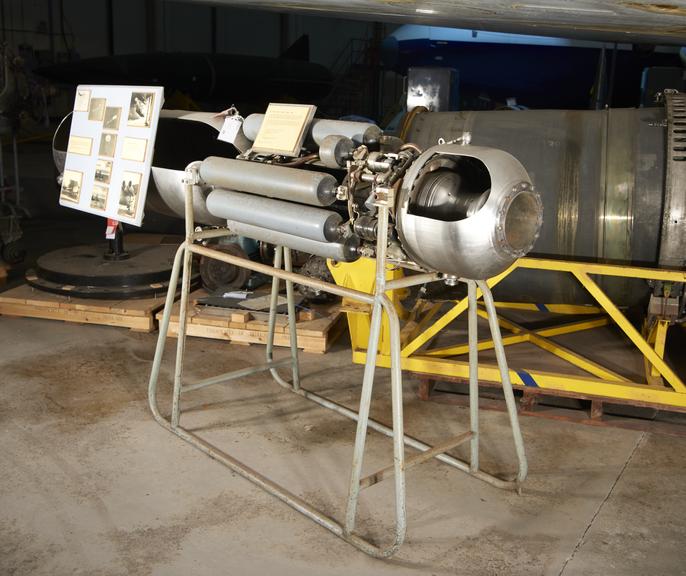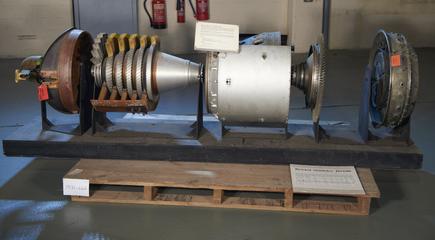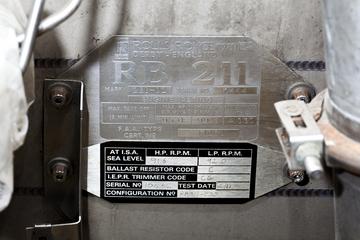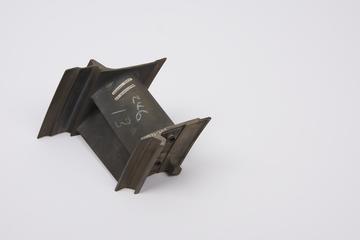
De Havilland Super Sprite Rocket Engine
- Made:
- circa 1949 in Hatfield

De Havilland Super Sprite engine, no. 126. The Sprite was developed by De Havilland as an assisted take off unit for the Comet 1 aeroplane. The complete engine was first fired in 1949 and flight trials began in 1951. The engine used hydrogen peroxide as fuel and is capable of producing 2,270kg of thrust.
De Havilland Super Sprite no. 126. The Sprite rocket engine was developed as an assisted take-off unit for the Comet airliner. Early jet engines, such as those used by the Comet, were relatively inefficient when taking off from high altitude airports and benefited from rocket assistance. The Sprite's thrust was generated by the decomposition of hydrogen peroxide with a chemical catalyst.
Details
- Category:
- Aircraft Propulsion
- Object Number:
- 1962-104
- Measurements:
-
overall: 1510 mm x 800 mm x 3030 mm,
- type:
- aircraft, aeroplanes and aeroengine
- credit:
- Ministry of Aviation




